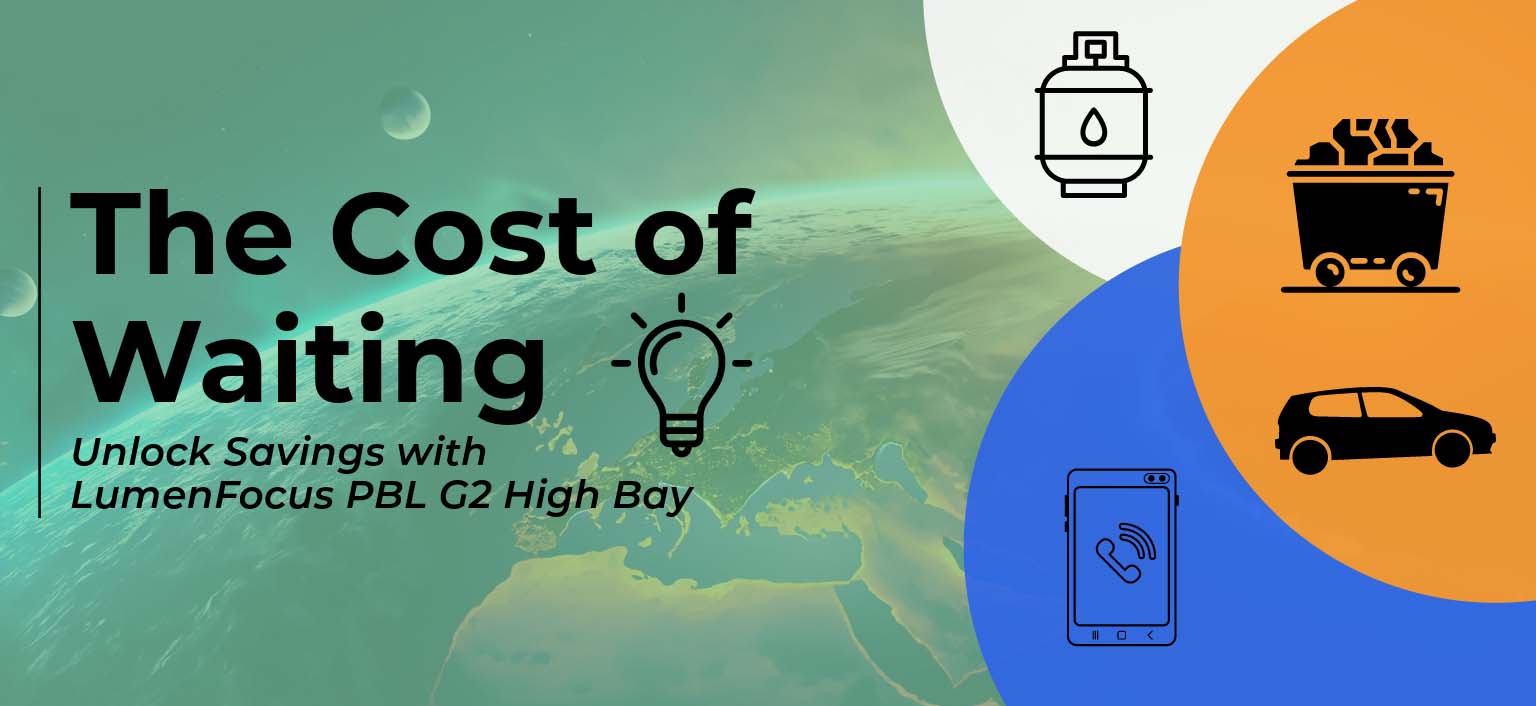
In the modern era, the quest for energy efficiency has become a central concern for businesses and individuals alike. The need to reduce energy consumption is driven not only by the desire to save money but also by the imperative to minimize environmental impact. A compelling example of this trend can be found in the replacement of traditional 6L T8 fluorescents with PBL G2 LED high bays.
Energy Savings
The replacement of 250 6L T8 fluorescents, each consuming 218W, with PBL G2 LED high bays at 104W, leads to a significant reduction in energy consumption. Specifically, this switch results in a reduction of 149,682 kWh per year based on 5,252 annual operating hours. With a kWh rate of $0.10, the financial implications are substantial:
- Savings lost per day: $41.01
- Savings lost per week: $287.06
- Savings lost per month: $1,247.35
- Savings lost per year: $14,968.20
These figures highlight the cost of delay in implementing such a change, emphasizing the immediate financial benefits that can be realized.
Environmental Impact
Beyond the financial savings, the environmental impact of this energy reduction is profound. By avoiding 149,682 kWh of energy consumption, the following environmental benefits are achieved1:

- Reduction of CO2: Equivalent to 197,994 pounds of CO2.
- Cars Off the Road: Equal to 19 average cars driven in a year.
- Miles Not Driven: Equivalent to 215,240 miles driven by an average passenger vehicle.
- Gasoline Saved: Corresponds to 10,105 gallons of gasoline consumed.
- Oil Consumption: Equivalent to 207 barrels of oil consumed.
- Forest Preservation: Equal to 85 acres of forest per year.
- Tree Growth: Comparable to 2,327 trees grown for 10 years.
Conclusion
The case of replacing 6L T8 fluorescents with PBL G2 LED high bays illustrates the multifaceted benefits of embracing energy-efficient technologies. Not only does this switch lead to substantial financial savings, but it also contributes to a significant reduction in environmental impact.
In a world grappling with climate change and finite resources, such decisions are more than a matter of economics. The example provided serves as a reminder that small changes in our daily practices can lead to profound effects on our planet and our wallets. It is a call to action for businesses and individuals to consider the broader implications of their energy choices and to act responsibly for the benefit of future generations.
Click here to learn more about the PBL G2.
(1) Numbers based on national average. Environmental impact varies from state to state. Source: https://www.epa.gov/energy/greenhouse-gas-equivalencies-calculator#results